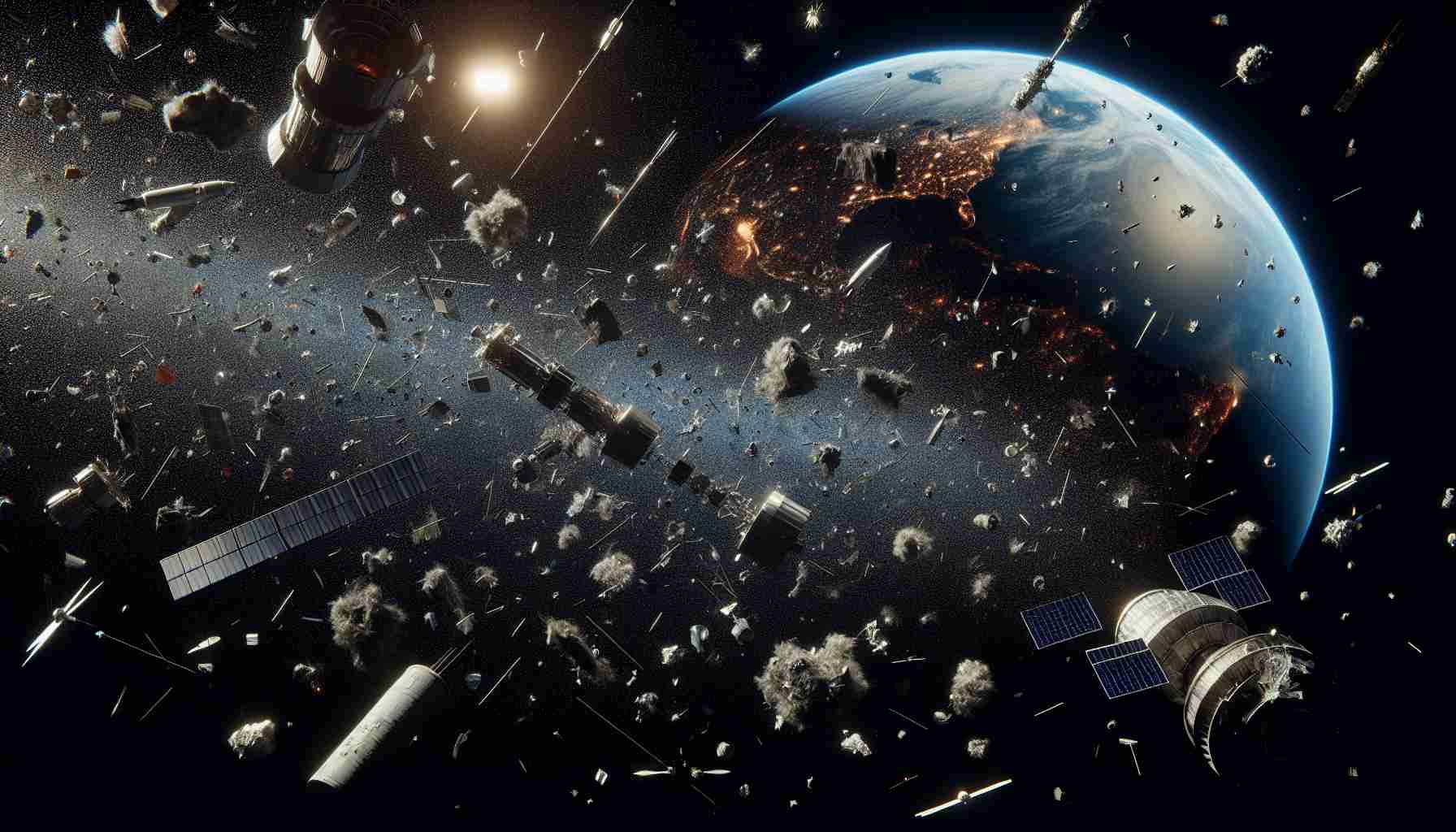Understanding the Impact of Space Debris on Earth’s Future
In a startling event in Kenya, a massive metal construct from outer space crash-landed, drawing international attention to the impending issue of space debris. This metallic giant, identified as a separation ring from a rocket launch, weighed in at over 1,000 pounds and made its descent on Mukuku Village, Makueni County.
Why does space debris matter? As humanity continues its quest to explore the cosmos, an avalanche of defunct satellites, rocket segments, and man-made debris looms ominously in space, posing potential hazards not only to functional spacecraft but to Earth as well. Although the separation ring isn’t deemed a threat, its landing punctuates the escalating predicament of managing these celestial leftovers.
The incident has sparked a conversation among scientists and policymakers about the environmental and geopolitical implications of our ventures beyond Earth. With increasing dependence on satellite technology for communication, navigation, and research, the menace of orbital clutter threatens to complicate and endanger these operations.
What solutions are on the horizon? International efforts are underway, focusing on collaborations like joint debris-tracking systems and regulations under the framework of International Space Law. Emerging innovations include Active Debris Removal (ADR) mechanisms, aiming to corral these wandering objects back to the planet’s grasp.
The Kenya Space Agency’s swift response and the significant buzz around this event reflect a growing consensus: addressing space waste is not just a priority—it’s a necessity. As the narrative of space exploration unfolds, redefining our strategies for sustainable skies becomes imperative for future generations.
Space Debris: A Growing Threat or an Opportunity for Innovation?
The recent incident in Kenya, where a massive piece of space debris crash-landed, has put the spotlight on an escalating issue: space waste. While the world is captivated by tales of space exploration, the darker side involves the complications of managing the remnants left behind.
How does space debris affect humanity’s progress? The challenge of space debris is multifaceted, extending beyond physical threats to spacecraft. With the surge in satellite launches for expanding internet coverage, climate research, and GPS enhancements, the risk of operational malfunctions from debris collisions increases. This jeopardizes not just individual missions but global technological infrastructures relied upon by billions.
Exploring potential risks and benefits: Could space debris be an untapped resource? Debris mining is emerging as a concept where recovered material from space could be repurposed for use in satellite repair or even new constructions. This presents both an opportunity and a challenge, inviting innovation while demanding significant technological advances.
On the flip side, without regulation and management, the growing clutter could lead to scenarios where critical satellite operations face disruption. The Kessler Syndrome, a proposed cascading effect of space debris collisions, could render space activities perilous, dramatically affecting industries and nations reliant on space technology.
What are the controversies involved? The management of space debris sparks heated debates surrounding responsibility and ownership in international law. Who should bear the costs of cleanup? Are countries with ambitious space programs more accountable?
To stay informed about the evolving landscape of space technology, check out Nasa and SpaceX.
Humanity stands at a crossroads, where addressing space debris isn’t just about safeguarding our technological assets but also about pushing boundaries through innovation and collaboration in space engineering.














